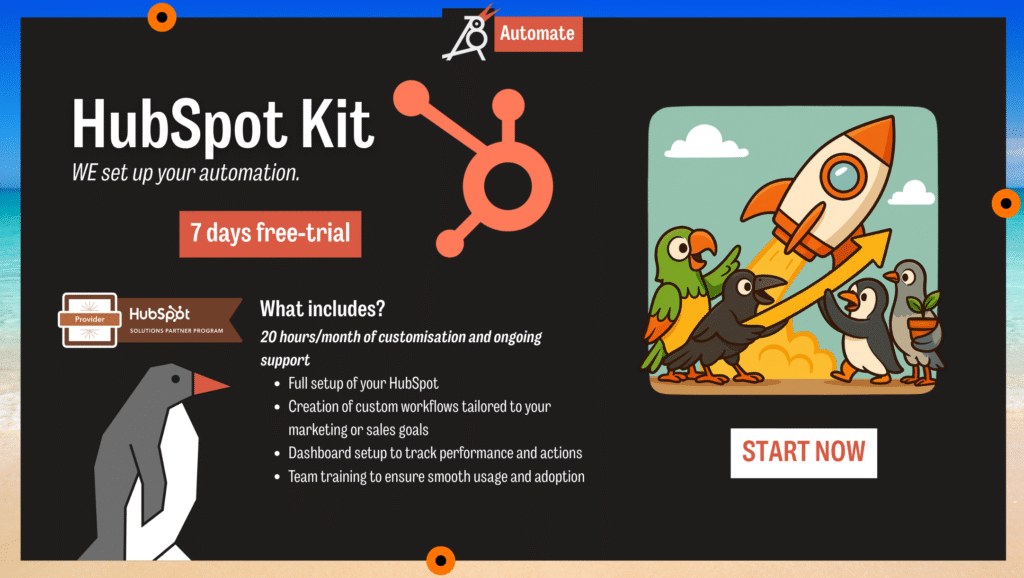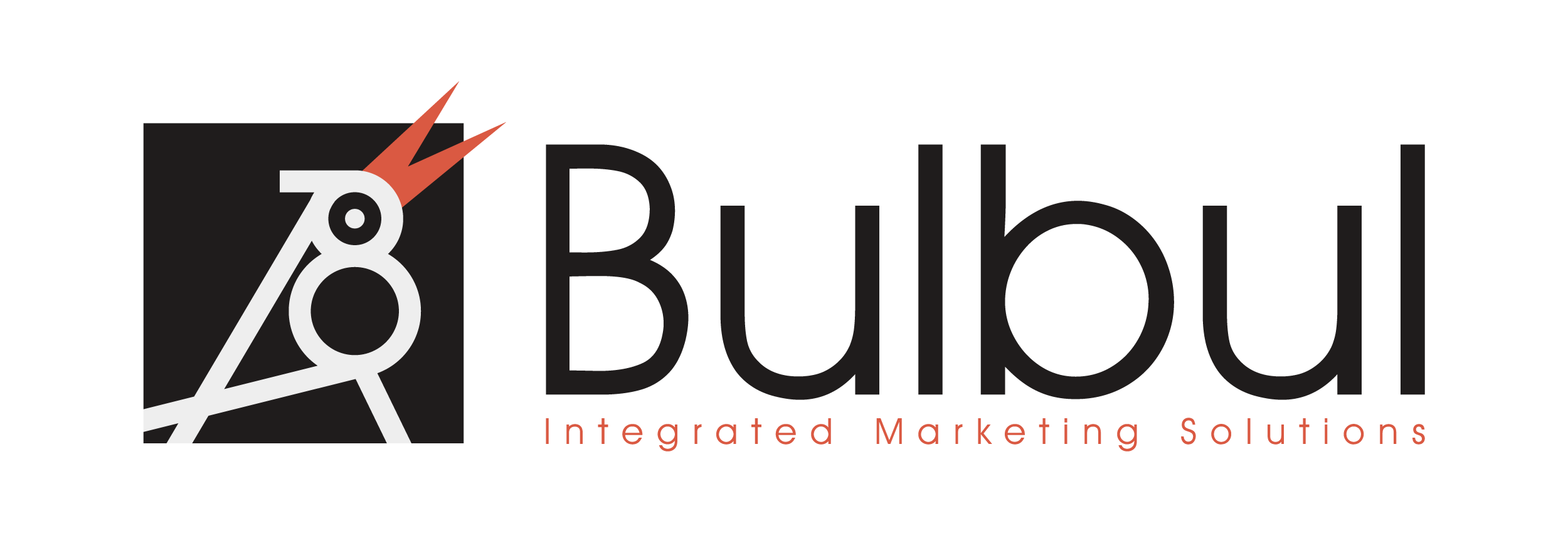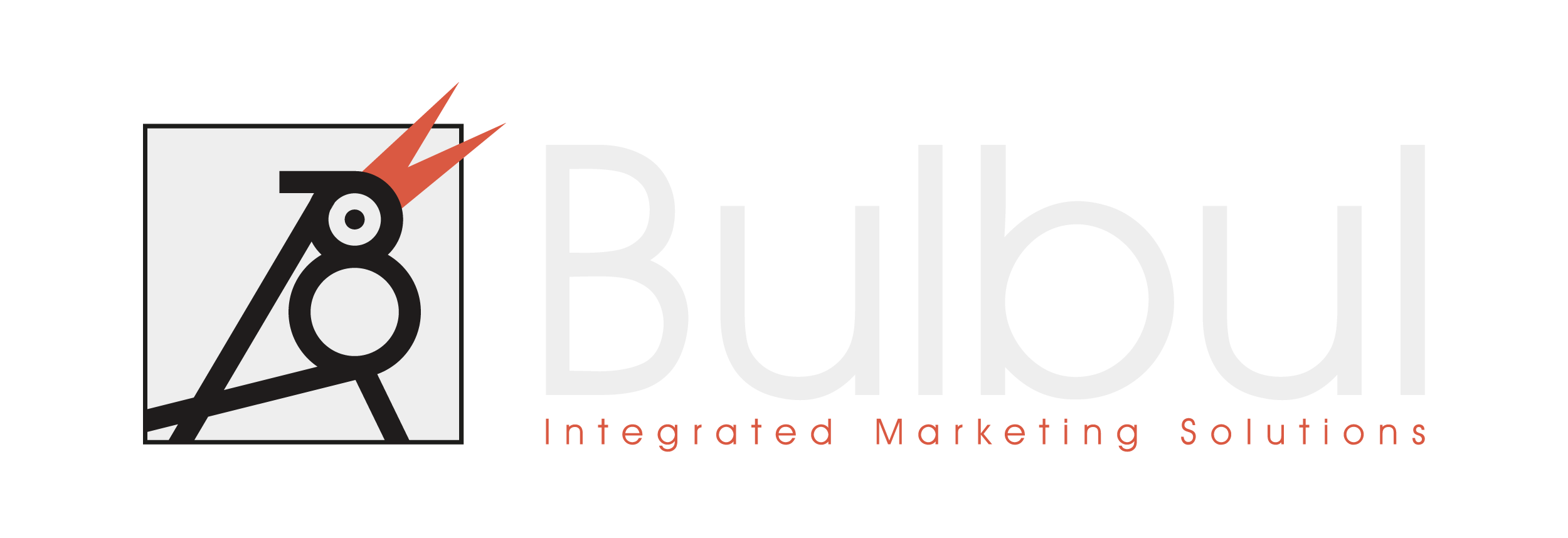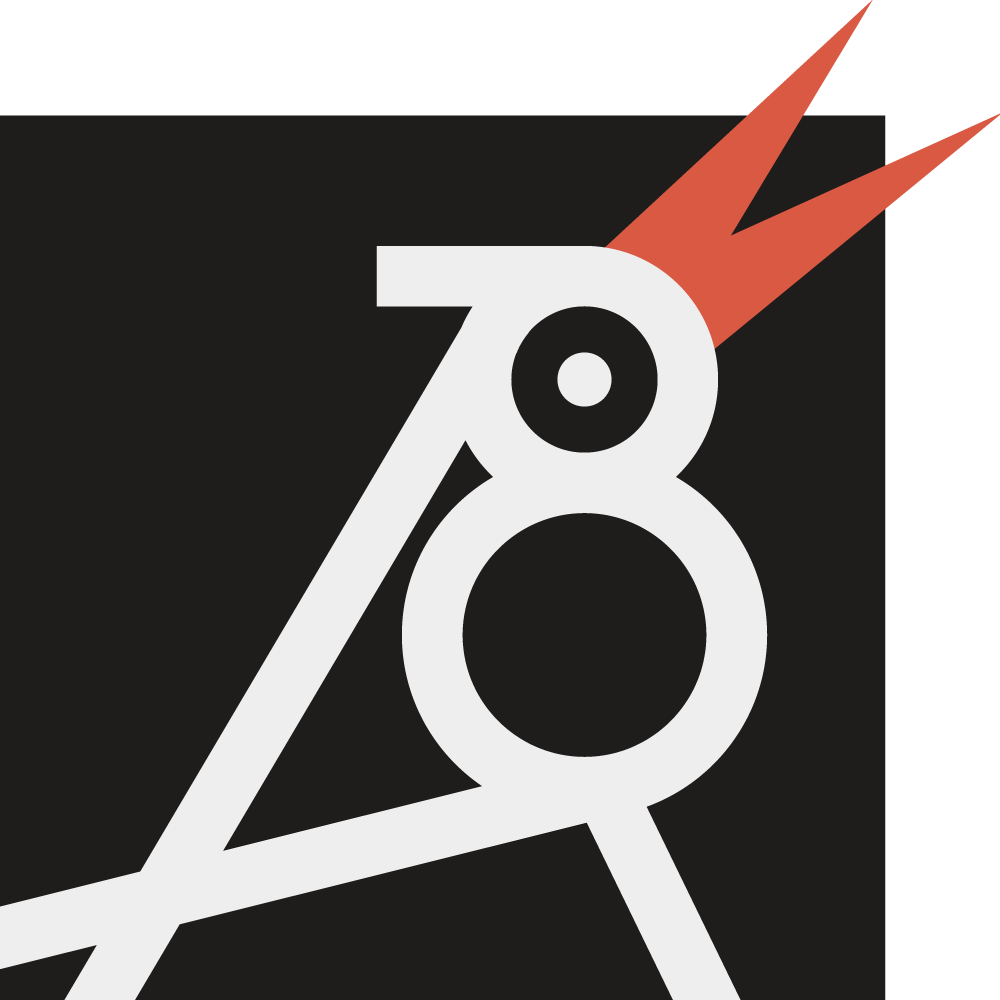Why Startups Should Automate Their Customer Onboarding Process

For startups, every new customer counts. Winning signups is just the first battle — the real challenge is ensuring those customers activate, see value quickly, and stick around long enough to generate ROI. That’s where a well-designed customer onboarding process makes all the difference.
Startups that invest in automating the customer onboarding process don’t just save time; they reduce churn, improve retention, and boost lifetime value (LTV). According to the HubSpot State of Marketing 2025, businesses with structured onboarding workflows achieve 50% higher activation rates and see 30% lower churn within their first 90 days.
In this guide, we’ll explain why automating the customer onboarding process is critical for startups, break down the key components of successful onboarding workflows, and show you how to implement everything using HubSpot automation.
Why the Customer Onboarding Process Is Critical for Startups
Early-stage startups face unique hurdles:
- High churn risk as users explore alternatives.
- Limited sales and support teams for manual follow-up.
- Investor pressure to prove retention and LTV metrics quickly.
A structured customer onboarding process solves these challenges by:
- Helping new users understand your product fast.
- Reducing support overhead through automated onboarding workflows.
- Increasing engagement, leading to better upsell and referral opportunities.
The Cost of Neglecting the Customer Onboarding Process
Skipping or underestimating the onboarding phase leads to:
- Confused users who don’t realise your product’s value.
- Lower activation rates, often below 20% for SaaS trials.
- High churn, eating into growth budgets.
HubSpot’s 2025 data shows that companies without automated onboarding workflows experience 2x higher churn rates than those with a system in place.
Key Elements of an Effective Customer Onboarding Process
Clear Welcome and Activation Steps
Your customer onboarding process should start with:
- A personalised welcome email.
- A quick-start checklist or tutorial.
- Access to a knowledge base or guided walkthrough.
Educational Email Sequences
Use onboarding workflows to send:
- Product tips based on user behaviour.
- Links to short video tutorials.
- Invitations to live or recorded webinars.
Progress Tracking and Nudges
Automated triggers can:
- Remind inactive users to log in.
- Highlight key features they haven’t tried yet.
- Offer live support or a success call when activity drops.
How HubSpot Automation Powers Your Customer Onboarding Process
Manually managing the customer onboarding process is inefficient for small teams. With HubSpot automation, startups can:
- Build visual onboarding workflows with triggers, delays, and actions.
- Integrate CRM data for personalised messages at scale.
- Track engagement metrics (activation rates, churn, retention) in one dashboard.
According to HubSpot, startups using automation for onboarding achieve:
- 50% higher product adoption in the first month.
- 30% better retention within the first 90 days.
Example: An Automated Customer Onboarding Workflow for Startups
Here’s how a customer onboarding process might look for a SaaS startup using HubSpot:
- Day 1: Automated welcome email + quick-start video.
- Day 3: Behaviour-triggered email (e.g., “You haven’t tried Feature X yet — here’s why it matters”).
- Day 7: Invitation to a live onboarding webinar.
- Day 14: Personalised check-in message or success call offer.
- Day 21: Nurture email with upsell or referral incentive for active users.
These onboarding workflows free your team to focus on growth while ensuring every new customer moves toward value quickly.
Measuring the Success of Your Customer Onboarding Process
To optimise your customer onboarding process, track:
- Activation rate (how many users reach key milestones).
- First-week engagement (login and feature usage).
- Churn and retention rates (30/60/90 days).
- Customer lifetime value (LTV) improvements.
HubSpot dashboards make it easy to visualise these KPIs, so you can iterate your onboarding workflows for maximum impact.
Why Bulbul’s HubSpot Kit Helps Startups Win
Setting up these workflows can feel daunting, especially with lean teams. Bulbul’s HubSpot Kit helps startups:
- Build automated customer onboarding processes quickly.
- Access ready-to-use onboarding workflow templates.
- Track and report retention, activation, and LTV to investors.

Final Thoughts
For startups, a well-structured customer onboarding process is the difference between high churn and long-term growth.
By automating onboarding with HubSpot, you can activate customers faster, boost retention, and scale without adding overhead.
Ready to transform your onboarding and keep more customers?
Check out Bulbul’s HubSpot Kit today.

🤝 Bulbul is an official HubSpot Solutions Provider, strengthening our expertise in HubSpot automation for startups and fast-growing teams.



Comments are closed.